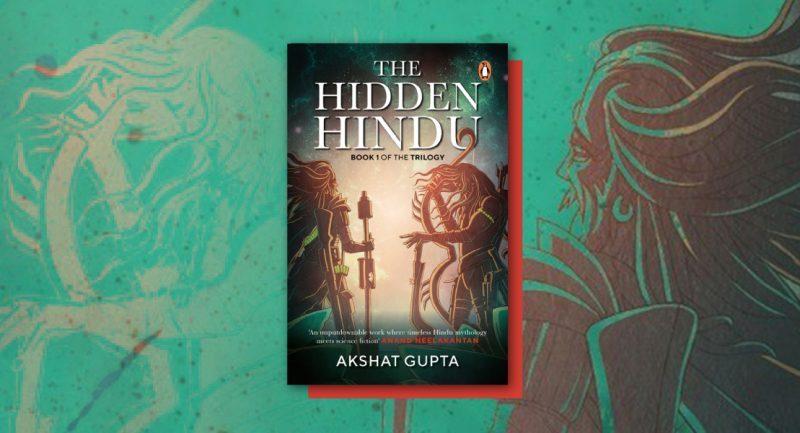
Creative problem-solving is at the heart of innovation, and some of the world’s most innovative companies are very systematic in following this approach. Pioneered by IDEO and Stanford d.school, design thinking is one such approach that draws inspiration from the realm of product design. This book attempts to offer a practitioner’s perspective on how the tenets, methods and discipline of design thinking can be applied across a range of domains, including to everyday problems, and help us become expert problem-solvers through the use of the appropriate toolsets, skill sets and mindsets.
Here’s an excerpt from the book which elucidates why design thinking deserves to be adopted more seriously and pervasively.
**
Whether you are buying a product or hiring a service, at the end of the day you are consuming an experience, and in this experience economy, a lot more of your senses are involved. The traditional products have become more like services, and services have become experiences. In today’s marketplace, customers are shifting from passive consumption to active participation. Memorable experiences are not scripted by leaders or marketing departments but are delivered at the moment of truth by the customer-facing executives. And such experiences must be crafted and delivered with the same precision as the products. We are all seeking authentic experiences and even the most mundane task can be made into a cherishable experience. Such authentic experiences often take shape by allowing for spontaneity, and, paradoxically, this spontaneity must be designed beforehand, and technology is only a small part of that desirable experience.
Do you wonder why people spend such huge amounts to attend TED Talks, when all of these are available for free on the Internet? Because people want to ‘experience’ being in the company of thinkers and doers and get inspired. That is the same reason that thousands of Indians queue up every summer to watch Indian Premier League matches in their cities. Many of them travel across cities, stand in lines for well over four hours, often in scorching heat, when they could have watched their favourite players from the comfort of their living rooms. They seek genuine experiences, and they are ready to pay anything, risk anything to seek that involvement.

People, rich and poor, are going beyond amassing stuff to seeking experiences, and that is visible among a wide cross section in India and in several other emerging economies. Abhijit Banerjee, co-recipient of the 2019 Nobel Prize in Economics, notes, ‘Generally, it is clear that things that make life less boring are a priority for the poor.’6 He offers a counterintuitive explanation of why the poor spend more on festivities, marriages and other social functions, even if they are often deprived of material goods, such as televisions, bicycles or radios. Another explanation is to do with social equity and collateral, but equally, there is the desire to seek an experience and make life less boring.
Is it possible to infuse experience through design in the most commoditized and undifferentiated products? Yes, and the Indian watch brand Titan has made an empire doing so.
In December 1987, when Titan opened its first retail outlet at Bangalore’s Safina Plaza, watches were perceived as functional products, dominated by HMT Watches and Allwyn Watches and a few international brands whose watches were smuggled into the country. It was Titan that made us think about watches as pieces of adornment and even collectables. (The same was done later for jewellery, accessories, perfumes and, more recently, sarees.) Since its formative days, Titan has paid special attention to how its watches are displayed and to the overall buying experience. Notwithstanding the award-winning designs of its watches, the company’s focus has largely been on designing the buying and gifting experiences. Not just these, Titan has also invested in the product repair experience, setting up repair centres within showrooms to win customers’ trust.
On how Titan went about improving customer experience, Bhaskar Bhat, the company’s former MD, notes, ‘Formalising an informal sector and transforming it for the benefit of the consumer is what we have done best. We are sort of bringing order from disorder. We create elevating experiences for the customers.’7 As Titan demonstrates, designing experiences could be an enduring competitive advantage.
**









